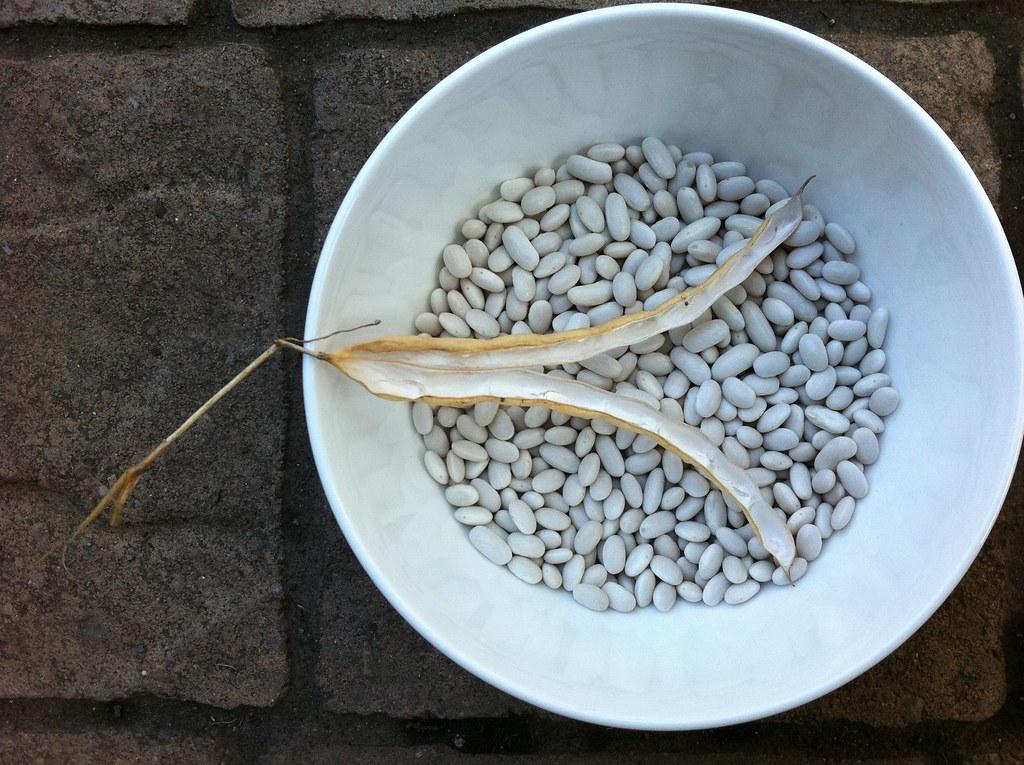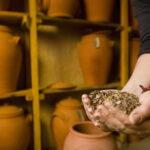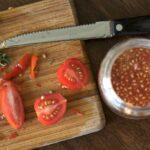In this post, we’ll look at the importance of seed saving, and how you can preserve genetic diversity in your own garden by saving seeds from your own plants.
Seed Saving Guide
What is genetic diversity?

Genetic diversity refers to the variety of genes within a species. Just as human populations have a wide range of genes that make us who we are, plant populations have a variety of genes that make them unique. This genetic diversity provides a safety net for plants, allowing them to adapt to changes in their environment, resist disease, and survive in unpredictable weather patterns.
Why is seed saving important?
Seed saving is a way to ensure that genetic diversity is maintained and passed on from generation to generation. By saving seeds from your own plants, you’re preserving the unique genetic traits of those plants, ensuring that they’ll be able to thrive in the future. Seed saving also helps to maintain the traditional varieties of plants that have been grown for generations. Many of these varieties are no longer commercially available, but they still play an important role in preserving genetic diversity.
What are some benefits of seed saving?
There are many benefits to seed saving, both for the gardener and for the environment. Some of the benefits include:
- Cost savings: Seed saving is a great way to save money on your gardening expenses. By saving seeds from your own plants, you won’t have to purchase new seeds every year, which can add up quickly.
- Preservation of genetic diversity: As mentioned above, seed saving is a way to preserve the genetic diversity of plants. This is especially important for heirloom and traditional varieties that are no longer commercially available.
- Adaptability: By saving seeds from plants that have thrived in your garden, you’re ensuring that future generations of those plants will also be able to thrive in your garden. This is because the seeds will have adapted to the specific conditions of your garden, such as the soil, weather, and pests.
- Food security: By growing a diverse range of crops in your garden, you’re increasing your food security. If one crop fails, you’ll still have others to rely on. This is especially important in times of natural disasters or economic hardship.
How to save seeds from your garden
Seed saving is a relatively simple process, but it does require some knowledge and preparation. Here are the steps to follow when saving seeds from your garden:
- Choose the right plants: Not all plants are suitable for seed saving. Make sure you choose plants that have a high seed production and that are easy to collect and store. Some examples of good plants for seed saving include tomatoes, beans, peas, and lettuce.
- Wait until the seeds are mature: Don’t collect seeds from your plants until they’re fully mature. If you collect the seeds too soon, they may not germinate properly.
- Clean the seeds: Once you’ve collected the seeds, clean them thoroughly. This will help to remove any debris or plant matter that could interfere with germination.
- Store the seeds: Storehe seeds in a cool, dry place. Place the seeds in an airtight container, such as a glass jar or plastic bag. Make sure to label the container with the name of the plant and the date you collected the seeds. Stored correctly, seeds can remain viable for several years.
Tips for successful seed saving
- Don’t cross-pollinate: To ensure the genetic diversity of your plants, make sure to avoid cross-pollination. This can occur when two different varieties of the same plant are grown close together and their pollen mixes. To avoid cross-pollination, grow each variety of plant at least 50 feet apart.
- Grow heirloom varieties: Heirloom varieties are open-pollinated plants that have been passed down from generation to generation. These plants are often more diverse genetically, making them a great choice for seed saving.
- Grow a diverse range of crops: By growing a diverse range of crops, you’ll increase the genetic diversity of your garden. This will help to ensure that your garden can adapt to changes in the environment and resist disease.
Seed saving is a valuable practice that helps to preserve the genetic diversity of plants. By saving seeds from your own garden, you’re ensuring that future generations of plants will be able to thrive. Whether you’re a seasoned gardener or just starting out, seed saving is a simple and rewarding activity that can have a big impact on the environment.
Keywords: genetic diversity, seed saving, gardening, heirloom varieties, plant populations, genetically modified organisms, mono-cropping, traditional varieties, food security, cost savings, adaptability, cross-pollination
Check out our Novel Writing Workbooks
Check out Little Tree Food Forest for articles on food forests and homesteading.
Check out FoodieScapes for articles on growing, fermenting and preserving food
Check out StoryScapes.World for articles on writing.
Subscribe to our newsletter to get information delivered to your inbox on edible landscaping, growing food and medicinal plants, growing mushrooms, foraging, fermentation, food preservation, raising small livestock, and more.










